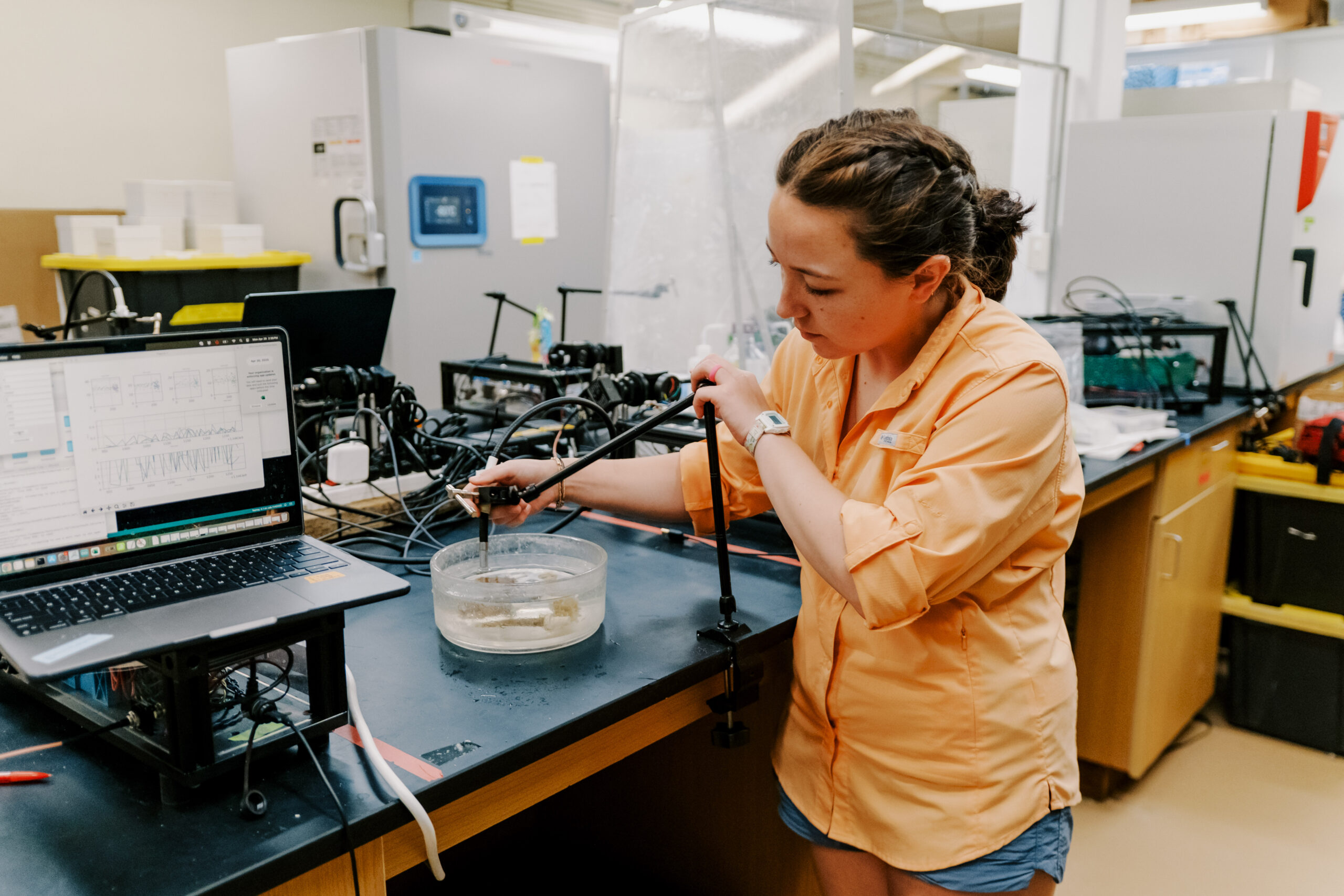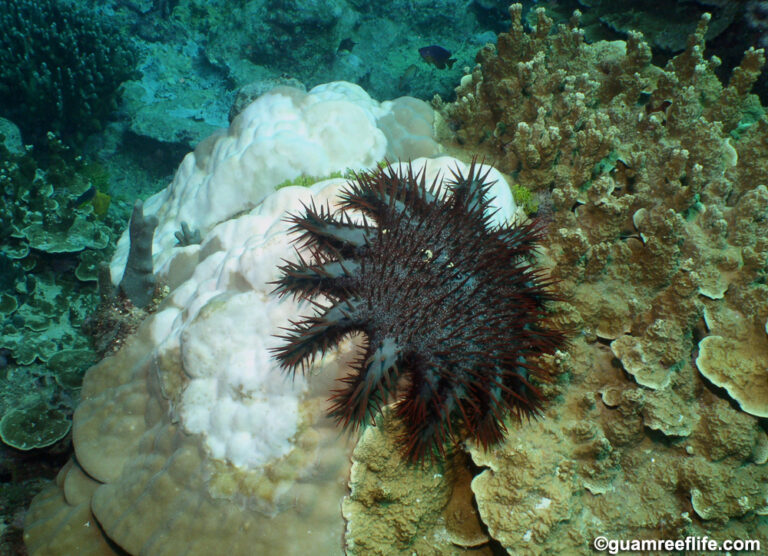In 2024, Guam NSF EPSCoR’s Dr. Christian Lobban received an award from the Japanes Society of Diatomology for his paper “Disymmetria reticulata, gen. nov., sp. nov. (Mediophyceae: Thalassiosirales), a new genus in Lauderiaceae emend., and transfer of Lauderia excentrica”. Lobban is the first non-Japanese member of the organization to receive an award.
In “Disymmetria reticulata, gen. nov., sp. nov. (Mediophyceae: Thalassiosirales), a new genus in Lauderiaceae emend., and transfer of Lauderia excentrica”, Lobban proposes the creation of a new genus Disymmetria to accommodate two species of diatom that are morphologically close to each other.
“One of the things that they liked about the paper was that it dealt with some of the difficulties, the complexities of naming genera and families,” said Dr. Lobban. He notes that taxonomic classification of newly discovered species can be difficult, particularly in the determination of taxonomic levels such as family or genus.
This paper is an update to the discovery of the diatom Lauderia excentrica in 2015, in which Lobban originally classified the species under the genus Lauderia.
“When you find a new species, then you’ve got this choice. It doesn’t look like anything else really. Do I put it in an existing genus? And there was an existing genus but it didn’t really fit,” said Lobban of the discovery. Lobban had decided to classify Lauderia excentrica under its original genus rather than create a single species genus. However, in 2023 he discovered another diatom that shared enough characteristics to justify the creation of a new genus.
In his 2023 paper, Lobban suggested that Lauderia excentrica should transfer to the new genus along with the new species Disymmetria reticulata. The research was published in DIATOM, the official journal of the Japanese Society of Diatomology. Lobban also traveled to Japan to receive his award along with a special mug with “Best Paper Award 2024” written across it.
Diatoms are single-celled algae that can be found in almost every aquatic environment and produce an estimated one-fifth of the oxygen in the air that we breathe. Because the organisms are microscopic, a scanning electron microscope is required to view them.
Through his research and mentorship, Dr. Lobban has made significant strides in the discovery of dozens of species of diatoms within the Pacific. In addition to his research, Dr. Lobban is also a mentor for Guam EPSCoR’s Student Research Experience program. Currently, he is working with Undergraduate Student Researcher Maya Flores on her project “Underexplored Sand Biofilm Habitats of Mastogloia in Guam”.



In 2024, Guam NSF EPSCoR senior researcher Christopher Lobban, Ph.D., received an award from the Japanese Society of Diatomology for his paper “Disymmetria reticulata, gen. nov., sp. nov. (Mediophyceae: Thalassiosirales), a new genus in Lauderiaceae emend., and transfer of Lauderia excentrica.” Lobban, a UOG professor emeritus of biology, is the first non-Japanese member of the organization to receive an award.
In “Disymmetria reticulata, gen. nov., sp. nov. (Mediophyceae: Thalassiosirales), a new genus in Lauderiaceae emend., and transfer of Lauderia excentrica,” Lobban proposes the creation of a new genus Disymmetria to accommodate two species of diatom that are morphologically close to each other.
“One of the things that they liked about the paper was that it dealt with some of the difficulties, the complexities of naming genera and families,” said Lobban. He notes that taxonomic classification of newly discovered species can be difficult, particularly in the determination of taxonomic levels such as family or genus.
This paper is an update to the discovery of the diatom Lauderia excentrica in 2015, in which Lobban originally classified the species under the genus Lauderia.
“When you find a new species, then you’ve got this choice. It doesn’t look like anything else really. Do I put it in an existing genus? And there was an existing genus but it didn’t really fit,” said Lobban of the discovery.
Lobban had decided to classify Lauderia excentrica under its original genus rather than create a single species genus. However, in 2023 he discovered another diatom that shared enough characteristics to justify the creation of a new genus.
In his 2023 paper, Lobban suggested that Lauderia excentrica should transfer to the new genus along with the new species Disymmetria reticulata. The research was published in DIATOM, the official journal of the Japanese Society of Diatomology. Lobban also traveled to Japan to receive his award along with a special mug with “Best Paper Award 2024” written across it.
Diatoms are single-celled algae that can be found in almost every aquatic environment and produce an estimated one-fifth of the oxygen in the air that we breathe. Because the organisms are microscopic, a scanning electron microscope is required to view them.
Through his research and mentorship, Lobban has made significant strides in the discovery of dozens of species of diatoms within the Pacific. In addition to his research, Lobban is also a mentor for Guam NSF EPSCoR’s Student Research Experience (SRE) program. Currently, he is working with undergraduate student researcher Maya Flores on her project “Underexplored Sand Biofilm Habitats of Mastogloia in Guam.”












































